Spellbrand Blog
COVID-19: Your Brand Management Guide

COVID-19: Your Brand Management Guide: Only a few months ago, things were going…well, pretty swell. But at the end of 2019, all that changed. Word came from China that a new virus was infecting people at an alarming rate. In some individuals, this novel virus caused acute respiratory distress. Then it started killing people. As it tends to do, the global economy reacted.
In this guide, we provide tips for maintaining and even enhancing your brand image through these tough times. We start with an overview of the COVID-19 situation and its economic implications. Then we look at specific strategies you can employ to safeguard your revenue stream through savvy brand management.
After reading this guide, you’ll have several ideas on how to craft your messaging to show consumers that you’re a caring member of the community. Strive to establish that image now and consumers will reward you.
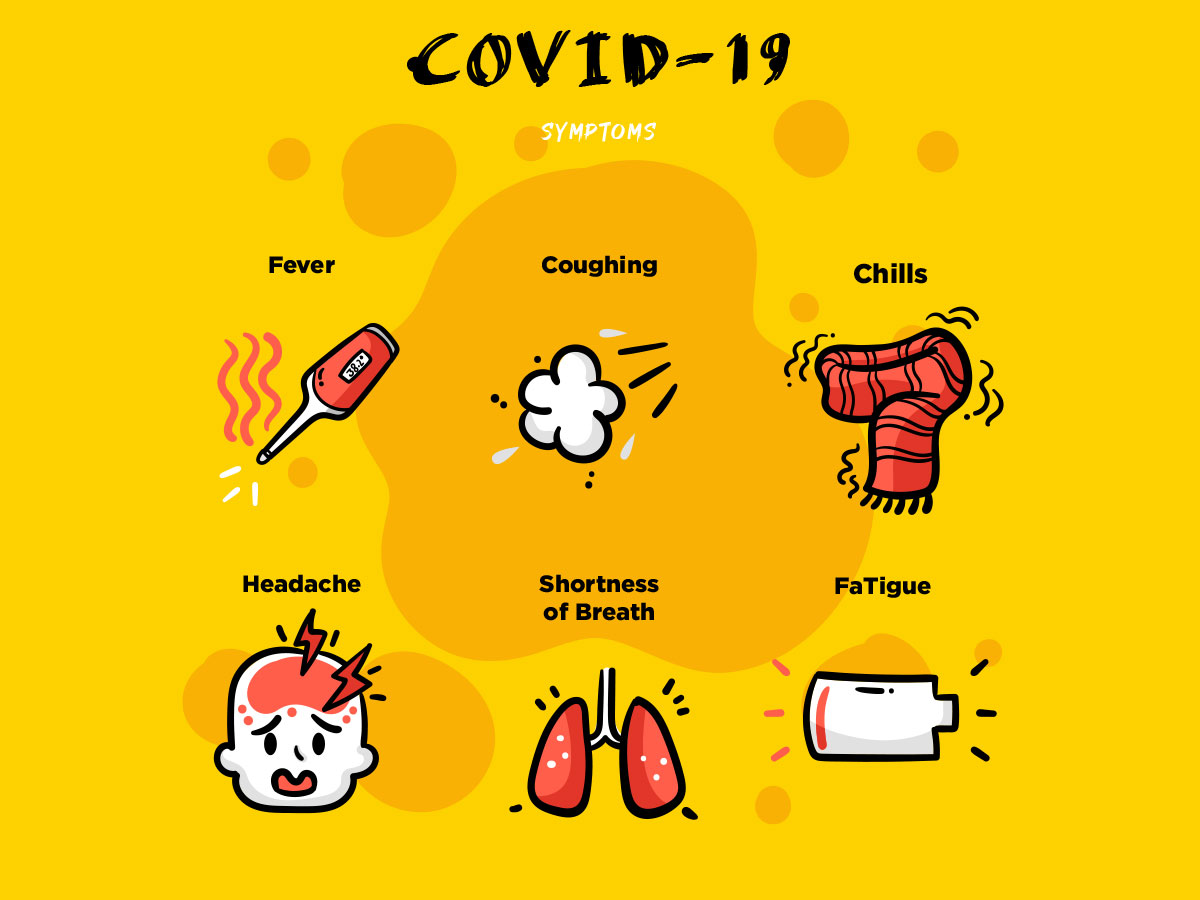
What is COVID-19?
If you did not already – a brief primer just for the sake of completeness.
The Coronavirus causes acute, sometimes severe, respiratory illness. This type of virus is common in animals, but it sometimes crosses over to humans. Because it can cross from animal to human, scientists refer to it as zoonotic. Zoonotic viruses are among the most dangerous. They can become even more dangerous if they mutate. Mutation renders any existing vaccines less effective.
On March 11, The World Health Organization declared COVID-19 a pandemic. Note that COVID-19 is the name for the disease that the virus causes, not the name of the virus itself. Signs of COVID-19 infection include:
• Fever
• Difficulty breathing
• Shortness of breath
• Dry cough
Severe cases of the infection can weaken the immune system. When this happens, pneumonia can set in. It’s this risk of secondary infection that makes COVID-19 extremely dangerous. Preliminary data suggests that this virus is extremely contagious, and the global death toll is mounting. As of April 8th, 2020, the virus had claimed over 17,000 lives in the United States alone.
To ensure that COVID-19 remains a slow pandemic, governments worldwide are enforcing social distance policies. While these policies will have repercussions for the global economy, slowing the spread of the virus is important. If Coronavirus spreads too quickly, hospitals will become overwhelmed. If this happens, hospital staff will have to make hard decisions about who lives and who dies. The sad reality is that resources are limited.
A fast COVID-19 pandemic could be devastating.
Even with social distancing policies in place, there were almost 2-million cases worldwide as of April 8th. There have been over 95,00 deaths.
These policies have had the biggest impact on the restaurant and hospitality sectors. But as we’ll see, all industries should brace for impact.
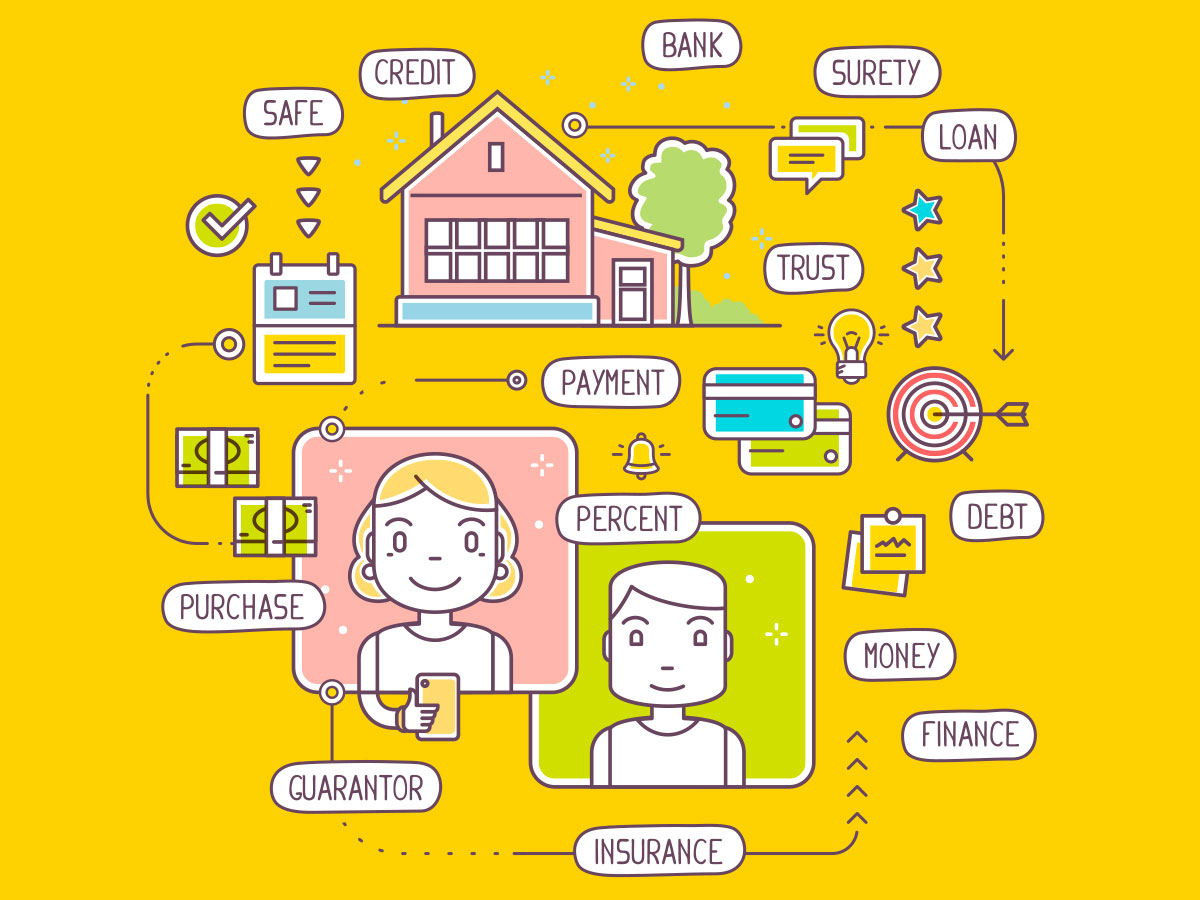
The Economic Reality
Before the COVID-19 pandemic struck, the U.S. was enjoying its longest period of economic expansion in history. In just months, economic expansion gave way to stagnation. The fact is, we may be heading into a global recession. As millions of consumers abide by orders to stay home, consumer demand falls. At the same time, factories are closing.
Entire parts of the economy have come to a complete standstill.
The U.S. Federal Reserve and Congress are taking unprecedented steps to try to keep the economy from going into free fall. But it remains to be seen whether these measures will help. For instance, consumers could choose to bank relief checks instead of spending them. Businesses could do the same. For instance, a company might bank a small loan instead of using that money to keep all employees on the payroll.
A Crisis Like No Other
However, it’s worth noting that there’s nothing fundamentally wrong with the U.S. economy. Indeed, this is unlike a normal recession. An economy is in recession after two consecutive quarters of negative GDP. In the U.S., the government isn’t scheduled to release first quarter results until the end of April. Second quarter data will follow in July.
Until then, anyone calling the current situation a ‘recession’ is jumping the gun.
But many economists are willing to call it early. Estimates are calling for a loss of GDP of up to 10 percent. That would put the current crisis on par with the economic slowdown at the tail end of World War Two. For recession signals, look no further than the job market. The following industries have already laid off thousands of workers:
• The restaurant industry
• The hospitality industry
• The travel industry
Consider that nearly 10-million Americans filed for unemployment in March. That’s the highest level on record, easily beating the financial crisis of 2008. Some economists predict that the unemployment rate could hit 15 percent by July. Since the labor market is an indication of the health of the economy as a whole, this paints a grim picture.
But it isn’t just the hospitality industry that’s affected. According to the Empire State Manufacturing Survey, U.S. companies are reporting the steepest downturn since 2009. Both the manufacturing and the service sectors are losing steam.
Consumer Demand
As consumers are encouraged to stay home, this creates a demand dampening effect. It’s as if the economy is suddenly operating under new rules. Consumers want to go out and spend money, but they can’t. A strange circumstance indeed. You can see this dampening effect in the price of oil, which is the lowest it’s been in two decades.
Or look at the restaurant industry. According to Open Table, reservations declined a whopping 100 percent from March 1st to March 15th.
Add wild stock market swings to this demand dampening effect and you have the recipe for low consumer confidence. If consumers lose faith in the economy, they’ll hoard cash. If they’re worried about their savings or retirement accounts, they will spend less. Bottom line.
Note that consumer spending makes up over two-thirds of the U.S. economy. If consumers won’t or can’t spend money, the economy may indeed come to a halt. The hardest hit industries are scrambling to adapt, and you must too. For instance, many restaurant owners are frantically trying to set up online ordering. Or else they’re scrambling to offer delivery or curbside service. Sadly, restaurants using out of date POS systems that don’t integrate with online ordering platforms are unlikely to survive. A lack of agility means they’re unable to adapt to trying times.

The Way Americans Spend Their Money is Changing—A Deeper Look
To say the Coronavirus crisis has profoundly altered daily life would be an understatement. Among the immediate effects of the crisis is a drastic shift in consumer spending. You’ve no doubt seen reports of panic buying—you may have even engaged in it yourself. But it’s not just consumer-level spending we must concern ourselves with.
In just a few weeks, many American industries have come to a standstill. Even the meat supply has come under strain as employees in pork processing plants contract the virus. Movie theaters, restaurants and airplanes are empty. Non-essential businesses are shuttered or severely limited. Indeed, according to many analysts, this is the steepest, most abrupt decline in consumer spending that has ever occurred.
Organizations such as Earnest Research track and analyze credit and debit card purchases. While some stores like Wal-Mart and Amazon have seen spikes, many consumers are keeping their collective powder dry. Yet, as you might expect, online gaming has seen a spike. After all, young consumers are forced to stay home more than usual. Food delivery is likewise still strong. Online meal kits are doing okay too, for the moment. Alcohol sales have seen growth, as has the home improvement sector. Idle hands are the devil, as the saying goes. Naturally, grocery sales are up as people cook their own meals.
Warehouse clubs such as Sam’s and Costco have seen spikes. This hearkens back, of course, to the aforementioned panic buying.
However, the following sectors are all down:
• Fast food
• Apparel
• Lodging
• Cruises
• Airlines
• Entertainment
Of course, entertainment here refers to activities that involve foot traffic. Disney and other entertainment outlets are bracing for a lousy spring and summer season. Even online entertainment is a mixed bag. Established companies like Netflix and Spotify are enjoying record-breaking usage stats. But overall, entertainment startups may find it difficult to break in. During times of crisis, consumers become more risk adverse. This effect seeps into everything, and it’s quite subconscious. Consumers will balance every money-related decision more carefully. This could make it harder than usual to get that free trial sign up, for instance.
One thing is clear: where consumers choose to put their money determines which companies survive. One factor that determines where consumers spend their money, and how much they spend, is their employment. But, as mentioned, recent weeks have seen over 16-million workers in the U.S. alone file for unemployment.
It’s impossible to predict how long this pandemic will last. Consumer spending will veer sharply from the norm for several more months, at least. What is clear is that, overall, consumer spending is down. Especially at brick and mortal stores. Even before COVID-19, the brick and mortal retail business was struggling to compete with online stores. What impact COVID will have ultimately is hard to predict, but it’s clear that the pandemic could spell disaster for traditional retail.
Depression?
A depression such as the U.S. saw in the early 20th century is unlikely. Depressions last much longer than recessions and are far more serious. Recall that there is nothing fundamentally wrong with the U.S. economy. Yet the speed at which the global economy recovers depends on how well governments keep their economies going during this crisis. In essence, the goal is to put the economy into a state of suspended animation until a vaccine is developed, tested and distributed.
According to former Federal Reserve Chairman Ben Bernanke, this crisis is different from the Great Depression. According to Bernanke, a better comparison would be to that of a natural disaster.
Policy makers have taken big steps to help reduce the economic impact of COVID-19. The Federal Reserve, on March 7th, cut interest rates to zero. It’s also buying a staggering $700-billion in mortgage-backed securities. This could help push down long-term rates. They’re also taking steps to reduce the cost of funding. This should translate into less expensive home and auto loans. This measure could increase consumer confidence and may lead to more spending.
However, even if we pull out of this relatively soon, there will be casualties. Business owners everywhere must take proactive steps to protect their interests.
Where Is the Vaccine?
Social distancing can only do so much to stem the spread of the virus, mainly because of how contagious it is. Only a vaccine can prevent people from getting sick. Only a vaccine will signal to consumers that the crisis is—for the most part—behind us. Therefore, only a vaccine will signal a return to the status quo.
So…when can we expect a vaccine?
First, the good news. The Chinese government did extensive work sequencing Sars-Cov-2, the virus that causes COVID-19. They shared the genetic sequence of the virus with the world in January, 2020. This has enabled over 35 companies and several institutions to work on a vaccine. Four of these have candidates ready to test. One of these firms, Moderna, says it’s ready to begin human trials.
Now for the not so good news.
Clinical trials for vaccines typically progress over three phases. The first involves a few dozen volunteers. This phase tests the vaccine for general safety, taking note of any adverse effects. The second phase opens things up a bit, involving hundreds of volunteers. As you might expect, it’s easier to get volunteers for phase two than it is for phase one. Note, however, that volunteers must be of good health, with a healthy BMI. This can make it difficult to find those critical initial volunteers.
In phase three, several thousand volunteers receive the potential vaccine. In each phase, researchers record any adverse reactions. Of course, each phase takes time, and not every potential vaccine will make it to phase three. If researchers log lots of adverse reactions in phases one or two, the vaccine may be considered too dangerous. Even if it works.
According to optimistic estimates, we should have a working vaccine by early 2021. Any earlier than that would be fortunate indeed. But don’t count on it.
Economic Recovery
Once we do have a vaccine, though, expect a strong economic bounce back. Consumers will be eager to spend money they’ve been hoarding. This, paired with increased consumer confidence, will lead to impulse purchases. The hospitality, restaurant and entertainment industries will be the first to benefit.
But don’t look for significant economic recovery until 2021, even if we get the vaccine early.

What to Do
In a nutshell: think strategically. Think beyond the need to save money or increase revenue flow. Think about brand. What can you do to increase brand recognition? How can you raise your profile? How can you build brand loyalty? In order to survive trying times, you must:
[bctt tweet=”• Have leaders who inspire. Your leaders should inspire hope and confidence, but they should also be grounded in the situation.”]
• Have a strong organizational culture. Your culture should take pride in its ability to create and carry out detailed plans. At the same time, you should foster innovation.
• Make decisions carefully—but then take action. Now is not the time to be timid. Think carefully, but act with intention. Be bold.
• Recognize patterns. Be receptive to changes in consumer spending and confidence.
If your competitors panic and lower prices, ask yourself: is entering a price war really what’s best for my brand? Arbitrarily lowering your prices can be a good way to erode your brand presence. Lower prices can help you gain market share in the short term, but at what cost? Is there any point in lowering your prices if you’ll have to jack them back up in a few short weeks? How might the consumer respond to this?
In times of crisis, it’s important to remind consumers that your company is made up of living, breathing people. Recently, Perdue Farms shelved a huge, nationwide ad campaign they had in the works. Instead, they created a short ad on an iPhone. The video featured CEO Jim Perdue thanking employees for their hard work.
Simple. Effective. Human.
The company took this approach a step further by asking employees to submit their own photos and videos. They’re posting these to their social media channels to celebrate their ‘true heroes.’
Likewise, it’s important to show consumers that you understand their fears. Anheuser-Busch knows this. They’ve launched an online service that tracks bars that offer curbside service or delivery. Some distilleries have even converted part of their operation to produce hand sanitizer.
Of course, if you’re in a position to give money to the cause, this can help you earn customer loyalty. Lowe’s recently made a $170-million contribution to COVID-19 relief. But they parleyed this into even better PR by coming up with a program where people can make thank-you signs for health care workers.
Hyundai, too, has the right idea here. The company donated $2.2-million to support COVID-19 drive-through testing.
Of course, we recognize that not every company is in a position to throw money at the problem. But there are many ways to make a difference. What can you do for potential customers? What one problem can you solve for them? Do that. Your generosity will pay dividends.
The above companies are following three simple principles.
#1 Listen
Use Google Alerts, Mention, Twitter and other services to tap into the public psyche. What are consumers saying about COVID-19? What are their fears? Consumers prefer doing business with companies who understand what they’re going through.
Now is not the time to distance yourself.
#2 Serve Consumers & Employees
Look for opportunities to serve your community. But people are good at telling the difference between a genuine desire to help and a PR stunt.
A brand exists in the mind of consumers. You can enhance your brand during the COVID-19 crisis, but only by being genuine. At the same time, prioritize employee wellbeing. This will have a positive splash back effect on your brand image. Listen to employee concerns and respond to their needs.
Above all, if an employee says they’re sick, take them at their word. In fact, you shouldn’t let a sick employee come to work even if they want to. Consider this an essential step in safeguarding the health of your other employees. Along the same vein, look for ways to allow employees to telecommute. For instance, if it’s possible for a salaried manager to, say, make the work schedule from home, let them do that.
#3 Connect
[bctt tweet=”Today, more than ever, brands receive a lot of inbound inquiries and questions. Welcome this as an opportunity to educate consumers about your product or service.”] But also consider it an opportunity to show your human side. Your customers will be curious as to how you’re coping with the situation. They’ll also be wondering what you’re doing to contribute. Make sure you have an answer to that.

Tips for Entrepreneurs
Building your brand is important, but so is staying in the game. To that end, we’ll provide some tips for entrepreneurs in this section.
#1 Your Network is Your Net Worth
Your pre-COVID venture might fail.
Set aside some time for a brainstorming session. Could you pivot so that your venture is more in tune with a post-COVID economy? What new venture could you start that will appeal to consumers? At this stage, networking is your best friend. Reach out to your network and probe. What are they doing? How are they pivoting?
Most folks tend hoard their ideas. But right now, you want to do the opposite. Go ahead and spitball with your fellow entrepreneurs. These interactive brainstorming sessions can be extremely valuable. Remember, ideas are cheap. Ideas are easy. All that matters is execution. What can you actually do that will make a difference right now? How can you be a resource for consumers in the current environment? How are you uniquely qualified to act on your idea?
#2 Perform a Value Alignment Assessment
Is the product you offer in alignment with your deepest values?
If you have to pivot in response to the COVID-19 crisis, find a product or service that’s aligned with something you really care about. Remember, if you’re driven by passion, you won’t work a day in your life. Passion can serve as a buffer, pushing you further than you ever thought you could go. You’ll work longer, and you’ll work harder.
#3 Listen to Your Feelings for Clues
When danger knocks, we tend to focus on what matters. You can use that. What are you afraid of? What concerns do you have? Millions of other people feel the same. How would you solve your own problems? Can you scale that solution? Manufacture it? Distribute it?
Do you miss being able to travel?
Do you miss being able to socialize?
Do you miss being able to go to theme parks?
What feelings come up when you think about your fears? Now shift gears and think about solutions. How are you coping?
For instance, if this drags on, you can bet that virtual reality excursions will become more popular. Are you uniquely situated to take advantage of this? Do you have high definition footage of landscapes you could convert? Probably not, but you get the idea.
What service are you uniquely qualified to offer that consumers will value in this environment?
#4 Set Goals
It’s more important than ever to set small, achievable goals every day. Small wins add up, and they activate the brain’s reward center. Set obtainable goals and then go after them. This will keep you on track. Even if things aren’t going well, it’s crucial to keep doing what you’ve always done. Rise and grind.
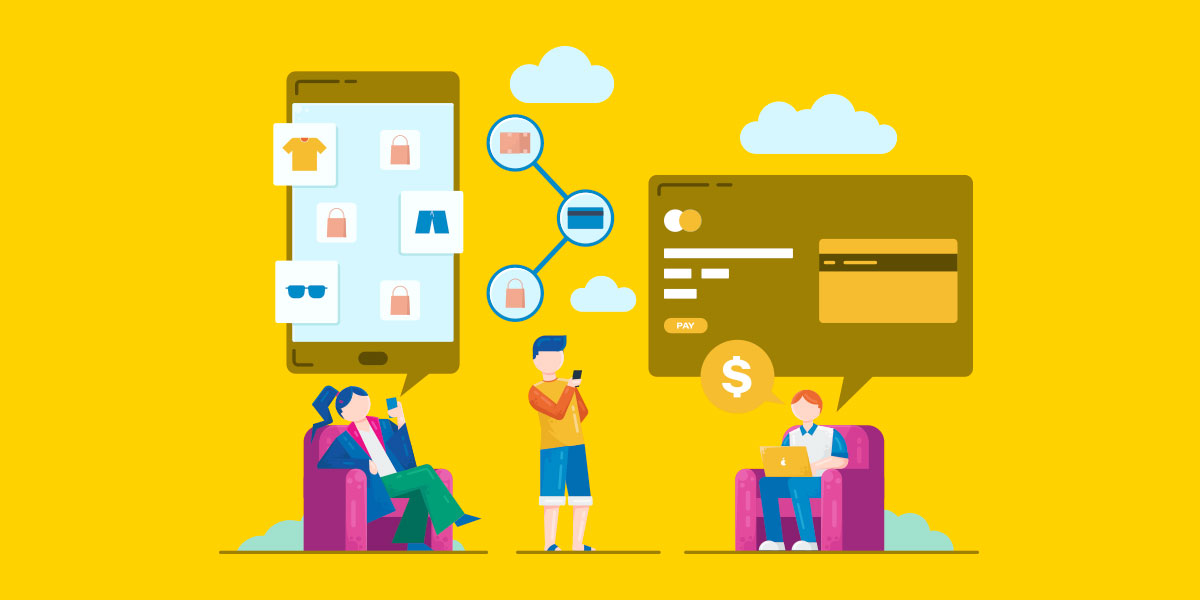
Social Media
Social media is a great way to communicate with customers. With savvy use of social media, you can pull ahead of the complacent competition. There are a few strategies you can use to build credibility with consumers and stay top of mind.
#1 Point Out Misinformation
Use your social media presence as a platform to point out misinformation. When you see a post you know is false, point it out and link to a valid source. However, be very, very careful that you are in the right. This strategy can backfire if you’re wrong—even once. But if you get it right, you can quickly become a COVID-19 Sage archetype. But it’s very important to maintain a professional tone. Don’t engage in personal attacks.
#2 Broadcast Official Advice
Check the CDC and OSHA websites. Then broadcast the advice they’re giving. Make sure to link to the source. This humanizes your brand and shows you care.
#3 Demonstrate Your Caring
If you’re doing anything special to support your employees during this crisis, don’t be shy about it. Snap photos. Take videos. Get them out there.
#4 Share the Love
If you come across any major fundraisers or crowdfunding campaigns, share them. Show consumers that you stand ready to help in any way you can.
Further reading:
Branding Strategies During Economic Crisis: Avoiding The Erosion
The Corporate Governance Lessons from the
Crisis Strategic Planning for SMEs: Finding the Silver Lining
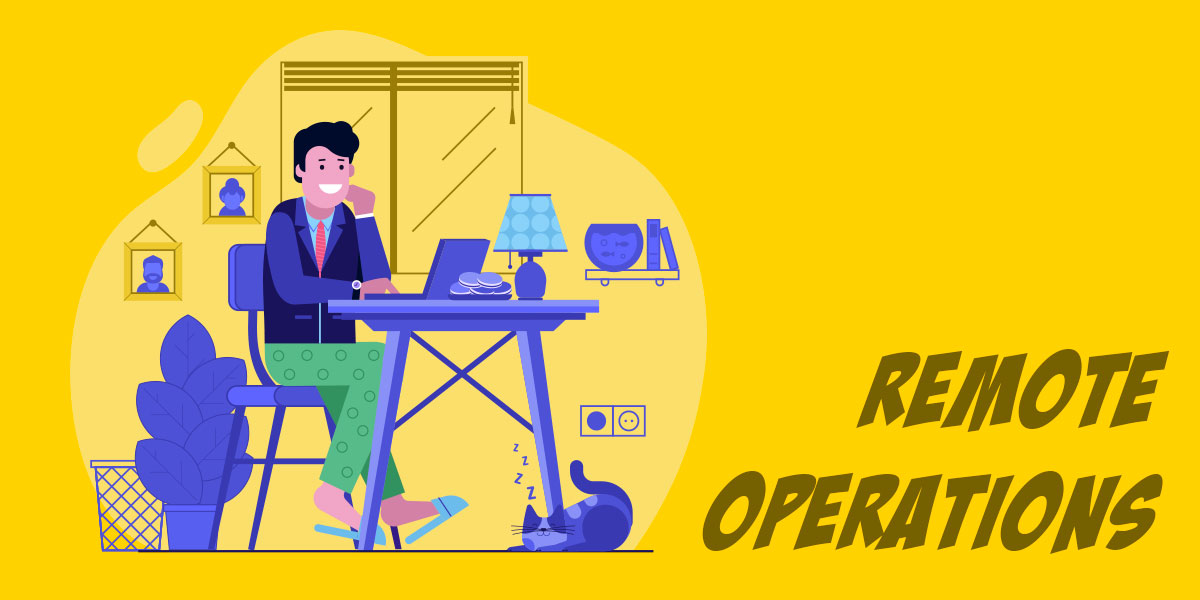
Optimize for Remote Operations
If you’ve never used webinar software, now is the time to start. The webinar software allows you to hold a virtual meeting with several people at once. This way, you can address key issues without having to meet in person. Consider holding a virtual power hour a few times a week to address recurring issues. Any good webinar service will provide you with a hand-raised feature. This feature gives the virtual floor to one person.
Webinar software is a great way to protect your staff’s health.
Of course, you can also use services like BaseCamp or Trello to enable your staff to work collaboratively online.
If you have staff working from home, share this list of tips with them to increase productivity.
#1 Don’t Work Where You Sleep
People new to working from home often make the mistake of working and sleeping in the same room. If at all possible, don’t do this. Sleeping and working in the same room sends conflicting signals to your brain. The ideal process for working from home is the following:
• Wake up, leave bedroom
• Shower/eat
• Go to office
Ideally, you’re only ever in the office while working. This primes the brain for work. Plus, confining your work to one room ensures that you don’t intrude into the lives of others in your household.
#2 Don’t Let Anyone Into Your Workspace
Once you’ve established your workspace, ask housemates to respect it. No one should come into your space unless there’s a legitimate emergency. The future of your company could be at stake.
#3 Invest in Noise Canceling Headphones
You’ll grow accustomed to ambient noises over time. But until your brain learns to filter these sounds out, they’ll cost you focus. Use noise canceling headphones or ear buds to ease into the process. In addition, nature sounds, such as waterfalls, rain or a babbling Brook can boost focus.
#4 Use a Timer
When you sit down to work, work. The best way to do this is to use a timer. For instance, you could set the timer for one hour. When it dings, take a ten minute break. This is especially important if you’ve never worked from home before. Your mind will wander. So work through the entire work block without getting up if possible. On your break, feel free to get up and walk around. In fact, you should do so to give your eyes a break.
#5 Separate Work & Play
If at all possible, play games on a separate machine. At the very least, try not to have work apps up while you’re doing leisure activities. Again, this sends mixed signals to the brain. You want your brain to know that when it’s time to work, it’s time to work. Repeated stimulus is one way to accomplish this. But if you mix the stimuli, your brain won’t get the message. It can be tempting to play games between intense bouts of work, but this can gut your productivity.
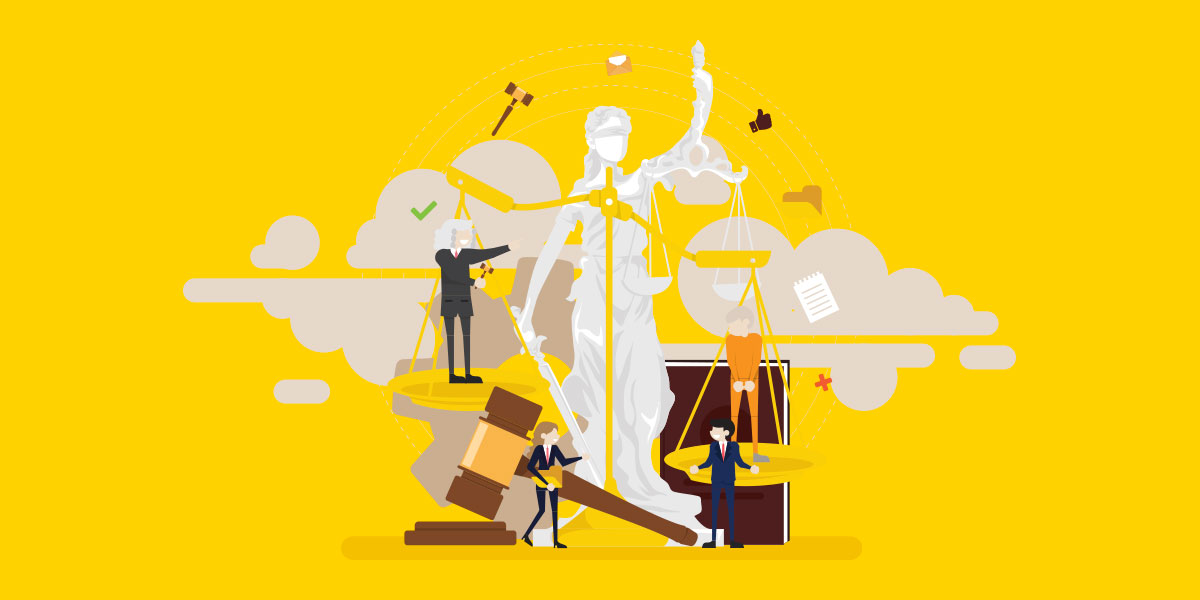
Legal Concerns
No business owner relishes the prospect of laying staff off. But if you have to do it, do it right. When it comes to releasing someone from their contract, always get professional help if in doubt. Doing this wrong can have financial repercussions. In general, there are two things to be aware of:
Force majeure clause.
This clause provides provisions for absolving you from responsibility given certain circumstances. A force majeure may apply if circumstances outside your control make it impractical, impossible or commercially unreasonable for you to meet your obligations. If you’re having trouble finding this clause in your contracts, search for the phrase ‘act of god.’
Doctrine of impossibility.
This is a common law doctrine. It’s a principle established by the courts. Doctrine of impossibility can be invoked by courts to declare that an employer cannot reasonably be expected to meet their obligations because of circumstances outside their control.
Note that neither force majeure nor doctrine of impossibility guarantee that you’ll win any case that goes to court.
Also, if you’re a retailer, keep in mind that there are strict pricing regulations in place to protect consumers. If you artificially or arbitrarily increase your prices to benefit from the COVID-19 crisis, you may be guilty of price gouging.
Resources
Occupational Safety and Health Administration
Centers for Disease Control and Prevention
The Situation Overall
OSHA: Guidance on Preparing Workplaces for COVID-19
WHO: Get Your Workplace Ready for COVID-19
WHO: Rational use of Protection Equipment During COVID-19 Pandemic
CDC: Interim Guidance for Businesses and Employers to Respond to COVID-19
Taxes
PWC: Tax Measures in Response to COVID-19
Analysis of Economic Impact
McKinsey & Company: Analysis of Economic Impact
United Nations: Global Trade Implications
Center for Economic Policy Research: Economics in the Time of Covid-19
We hope this guide has given you several ideas on how to make it through the COVID-19 crisis. It’s our sincere hope that researchers find a vaccine soon so that economies worldwide can recover as soon as possible.

Mash Bonigala
Creative Director & Brand Strategist
With 25+ years of building brands all around the world, Mash brings a keen insight and strategic thought process to the science of brand building. He has created brand strategies and competitive positioning stories that translate into powerful and stunning visual identities for all sizes of companies.
Featured Work
See Our Work in Action
Real brands, real results. Explore how we've helped businesses transform their identity.
Client Love
What Our Clients Say
Don't just take our word for it. Hear from the brands we've worked with.
Ernest Bannister
M.O.R.E
"My experience with the Spell brand team has been nothing short of excellent. From the beginning Mash and team made me feel very comfortable with the design process. I am extremely happy with the results of my design and look forward to working with Spellbrand; exclusively! I have told many family, friends and peers about the great work the Spellbrand team has done in creating my design. Thanks again for all your patience and professionalism; I look forward to working with you in the future."
Jenny Richard
Woods Of Fairfax
"Working with the team at Spellbrand has been fantastic! I spent time researching companies that would help me build brands for each asset that are all in different locations and more specifically build a brand that could help tell each of their unique stories. Spellbrand did just that. The process was easy. To provide them with my initial thoughts through a nicely-outlined input form they sent to me and they took that information and created a number of awesome designs. I was able to incorporate "the story" easily with a design we selected. I'm excited to get it into action and see what's in store for the next project. Also, each person I worked with has been super responsive, knowledgeable, and awesome to work with! Kudos to Mash, Mike, and Eva! I really enjoy working with you!"
Related Services You Might Love
Based on what you just read, here are services that can help you achieve similar results for your brand.
Keep Reading
Related Articles
Nov 19, 2025
What are paths and anchor points in Adobe Illustrator?
Master the fundamentals of paths and anchor points in Adobe Illustrator. Learn how these essential tools work together to create professional logo designs and vector graphics.
Read MoreNov 17, 2025
Use Of Color In Creating Logo Designs
Master the psychology of color in logo design. Learn how colors influence perception, build brand recognition, and create emotional connections with your audience.
Read MoreNov 17, 2025
Developing a Jewelry Logo
Learn how to create a jewelry logo that captures elegance and sophistication. Discover design strategies, typography choices, and color palettes that work for jewelry brands.
Read More

